In this video we look at the levels of organization in the body, starting with the chemical level all the way to the organism level. Levels of organization of body structure and function. How are body parts organized and how do they work so well together? In order to understand anatomy it is a good to break things down into levels. We are going to look at 7 levels of organization. The chemical level starts with atoms, which makes up every material thing in the universe including our bodies. Atoms can bond together to form molecules, which are larger chemical groupings, and molecules can combine with more atoms to from macromolecules. The next level of organization in the body is the organelle level. Organelles are tiny organ like things that are in cells. Organelles have specific functions in cells, and they cannot live outside of cells, and without organelles, cells cannot survive. The cellular level is next. Cells are the smallest unit in the body that shows the basic characteristics of life. It is estimated that the body has around 100 trillion cells, and each cell is made up of a membrane, a nucleus, and a cytoplasm that houses the organelles that are required for the cell to function properly. There are many different types of cells in the body that perform different functions in the body. The next level is the tissue level. Tissue is a group of similar cells that developed from the same part of the embryo, and all perform a certain function. Tissue cells are surrounded by the matrix, or nonliving intercellular substances. There are 4 major types of tissue in the body, connective tissue, muscle tissue, nervous tissue and epithelial tissue. Next up is the organ level. Organs are made up of different kinds of tissues that together can perform different functions in the body. Give an example of an organ here, with the different tissue types and what the organ does. The next level of organization in the body is the system level. Systems are comprised of organs, that by working together can perform more complex types of functions in the body. There are 11 major systems in the body, of which we cover in detail later. Many times systems work together to accomplish different needs of the body, such as the respiratory system takes oxygen in, and the cardiovascular system transports the oxygen to various parts of the body. The organism level is at the last level. The overall human organism is made up of all of the previous levels we just covered.
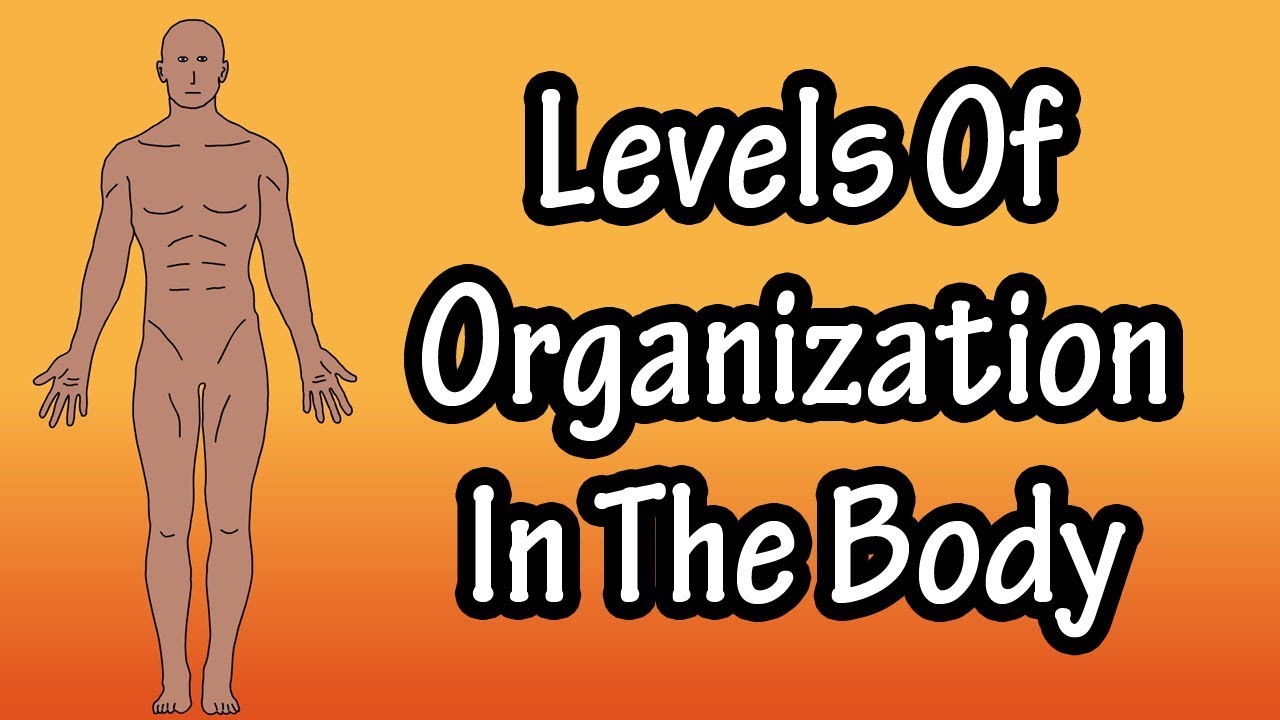
Human Body Video – 4
- Post author:admin
- Post published:May 12, 2021
- Post category:Uncategorized
- Post comments:0 Comments
You Might Also Like
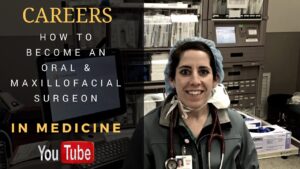
Oral And Maxillofacial Surgery Video – 5

Nutrition Talks: Navigating the Dining Hall to Avoid Unwanted Weight Gain

How to Prevent Prediabetes from Turning into Diabetes

Geriatrics Video – 3
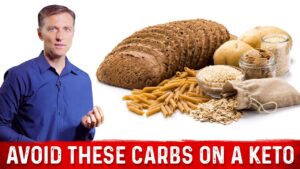
Type of Carbs To Avoid On A Keto Diet – Dr.Berg

Ct Angiography full Video | StarImaging & Path Labs
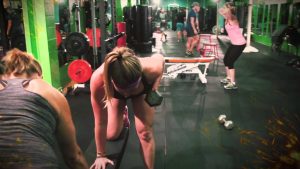
Definition Fit – “Group Fitness”

How To Do Perfect SQUAT | FITNESS SPECIAL | SQUATS For Beginners | WORKOUT VIDEO
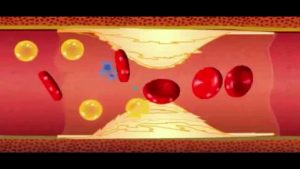
What is Heart Attack explained in Hindi by Dr. Vinod Sharma.

Thyroid Disease Explained in Telugu | Patient Education I MIC

Home Chest Workout (UPPER, MID, LOWER CHEST)

Yoga Diet Video – 3

Propranolol

Optometry Video – 4

Sailing Video – 2

The Rock’s CHEST WORKOUT ROUTINE
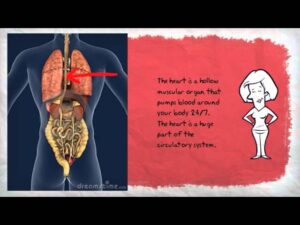
Names and Functions of Organs

Does Rogaine/Minoxidil Work Effectively? How about Propecia/Finasteride?

Dip Tutorial – Chest or Tricep
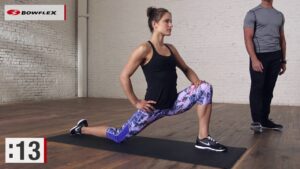
Bowflex® Stretch | Leg Stretches for Flexibility

Teen gets tummy tuck to remove ‘hang’

Muscle Building Workout & Squats Video – 7
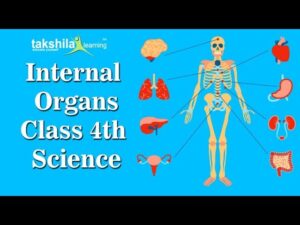
CBSE Class 4 Science | Internal organs | Human body | NCERT Solution | ICSE | science video lectures

Spa Day Video – 2

How to Do a Wall Sit | Thighs Workout

Health And Fitness Video – 2

Homicide Psychology/ Psychiatry Video – 3

Types of Carbohydrates
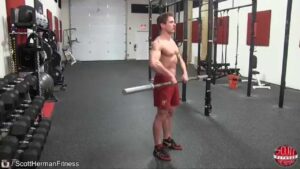
Upright Row-2
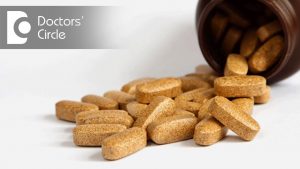
Can multivitamins cause any side effects? – Ms. Sushma Jaiswal
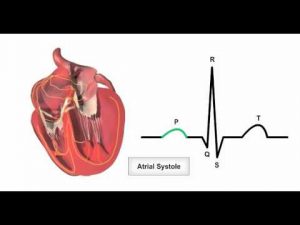
Anatomy & Physiology Online – Cardiac conduction system and its relationship with ECG
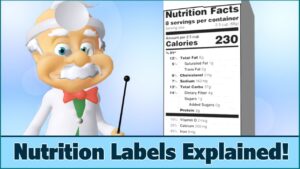
Nutrition Facts Labels – How to Read – For Kids – Dr. Smarty

Cure Cirrhosis With This Recipe – Homeveda Shorts

What is Diarrhea?

Supplements: Truth About Creatine Risks
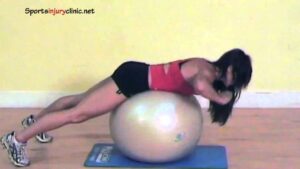
The Back Extension Exercise Using a Ball
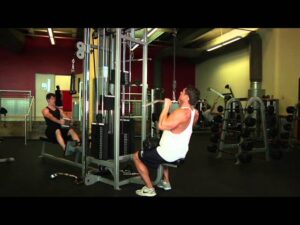
Close Grip Front Lat Pulldown – Back Exercise – Bodybuilding.com

Pranayama Video – 6

First Aid Video – 3

Jay Cutler: What To Eat Pre & Post Workout

Top 10 Foods That Help Lose Belly Fat – Tips To Burn Belly Fat

